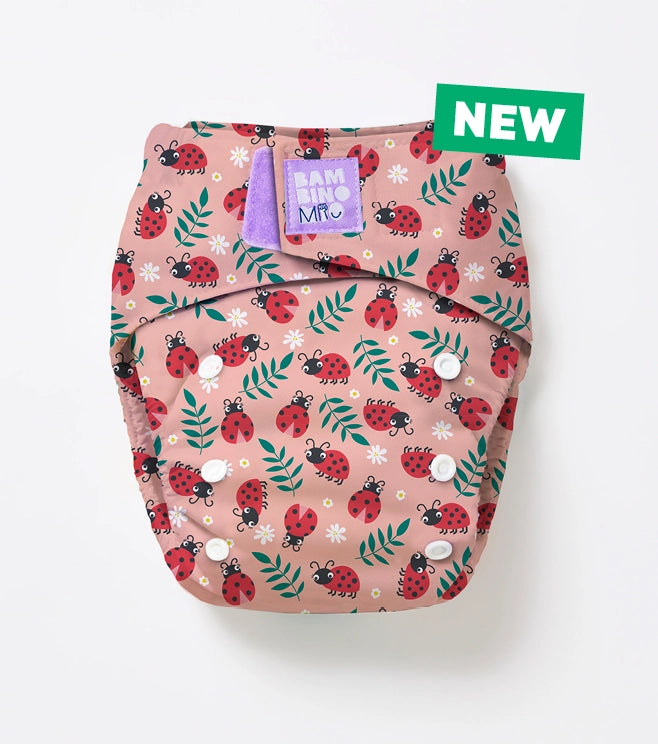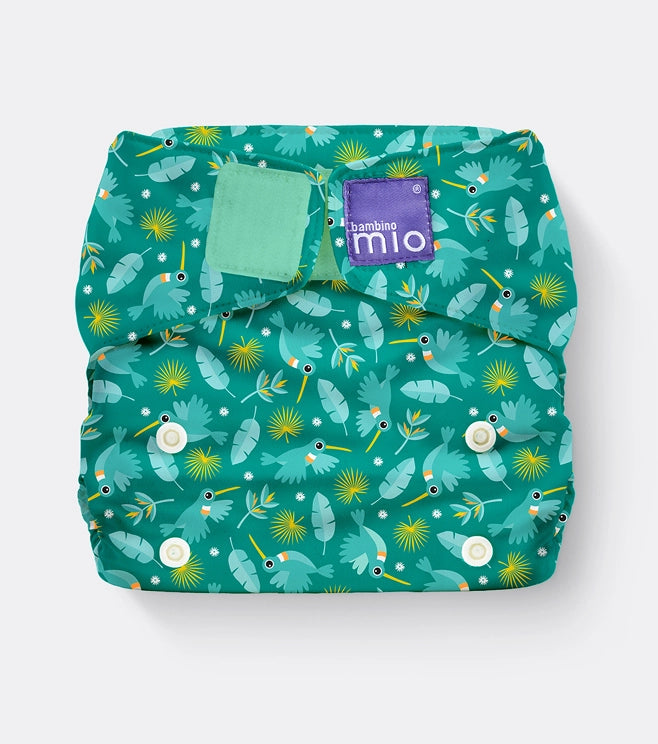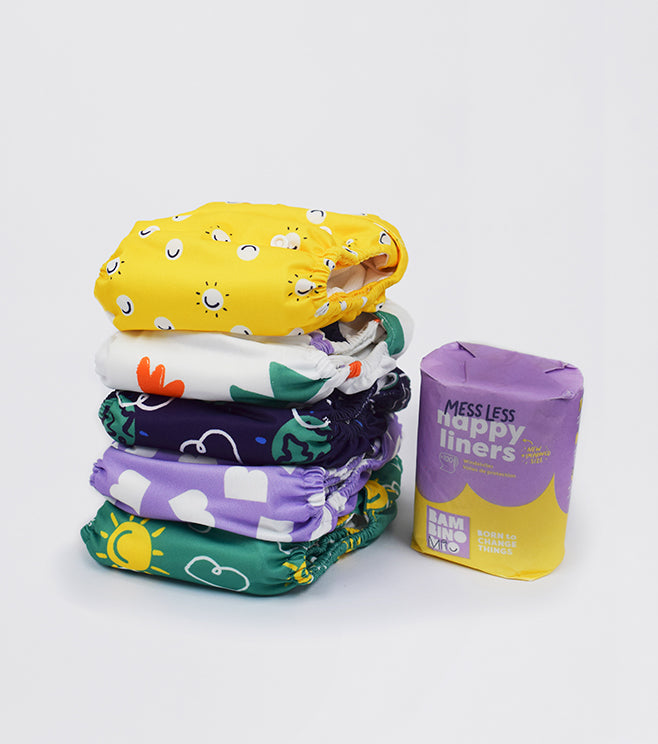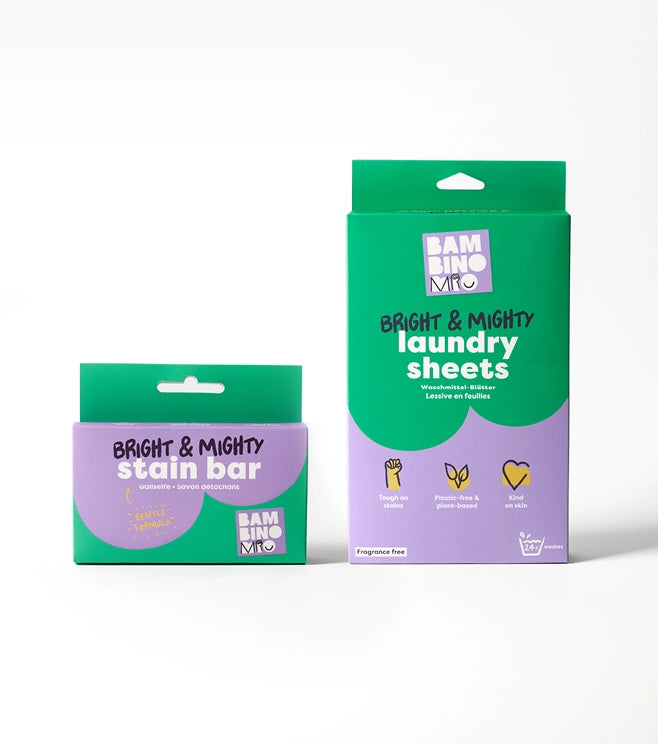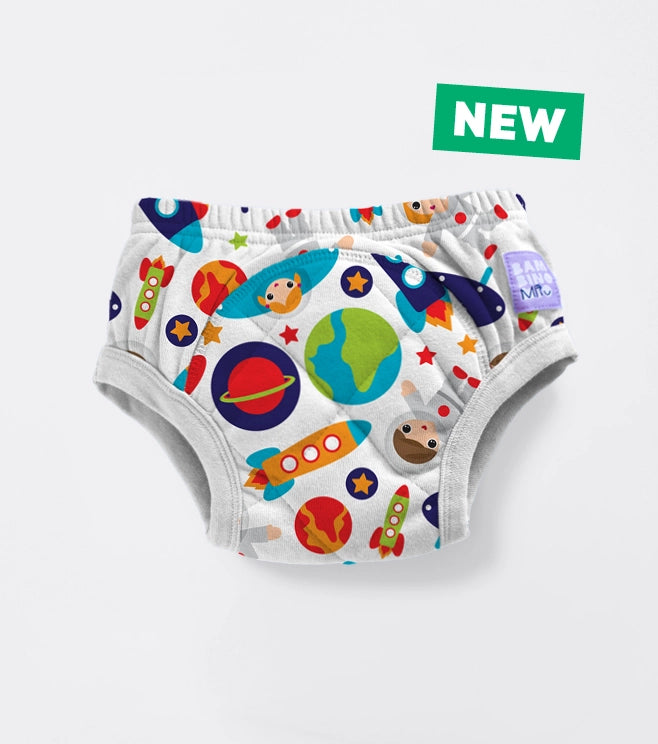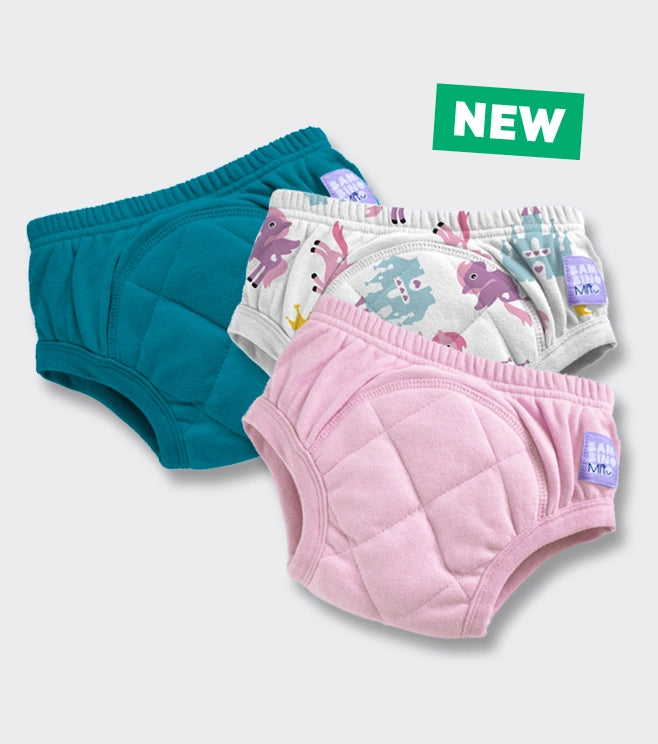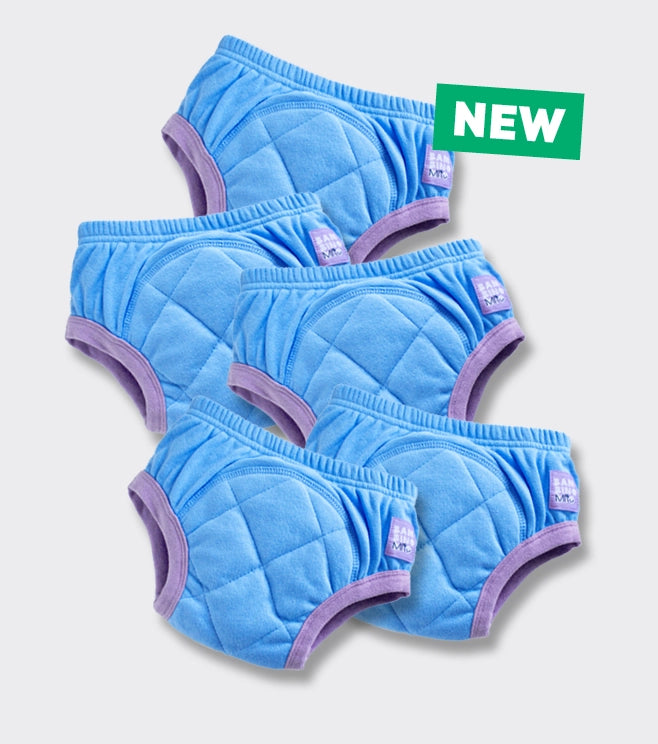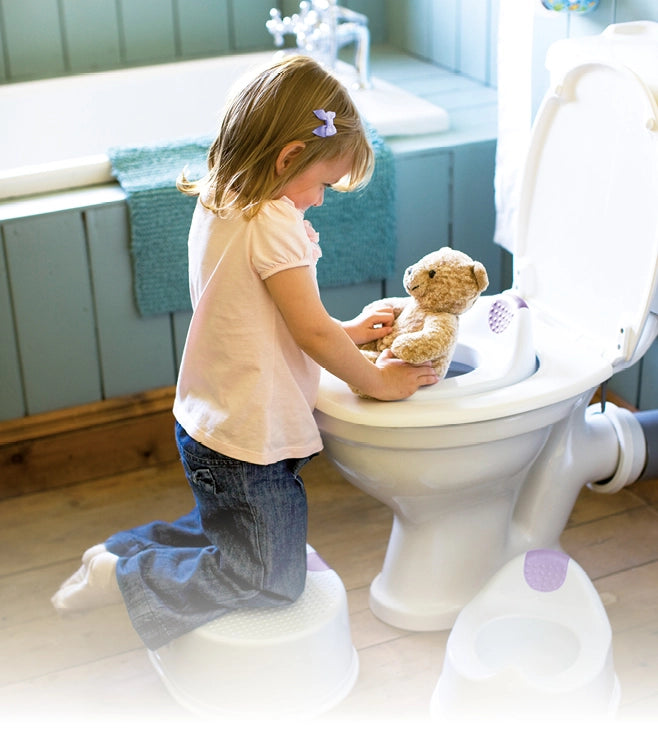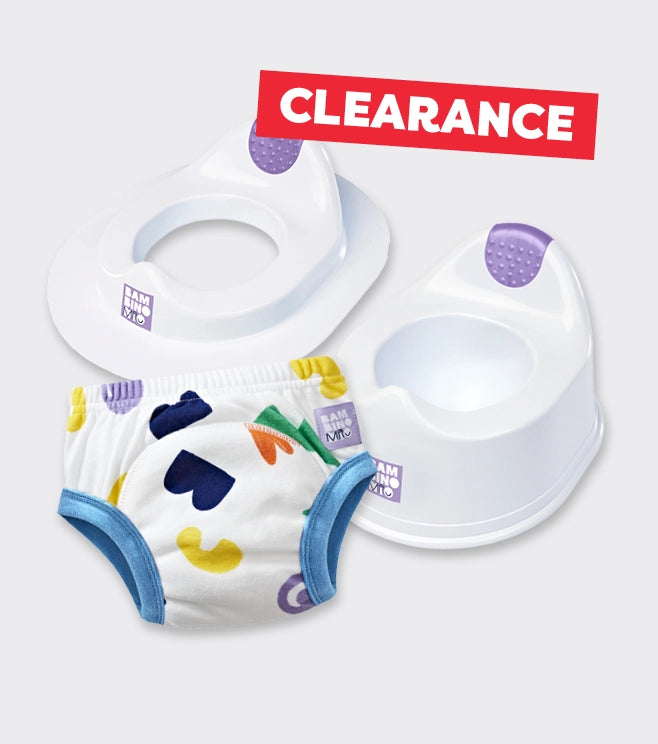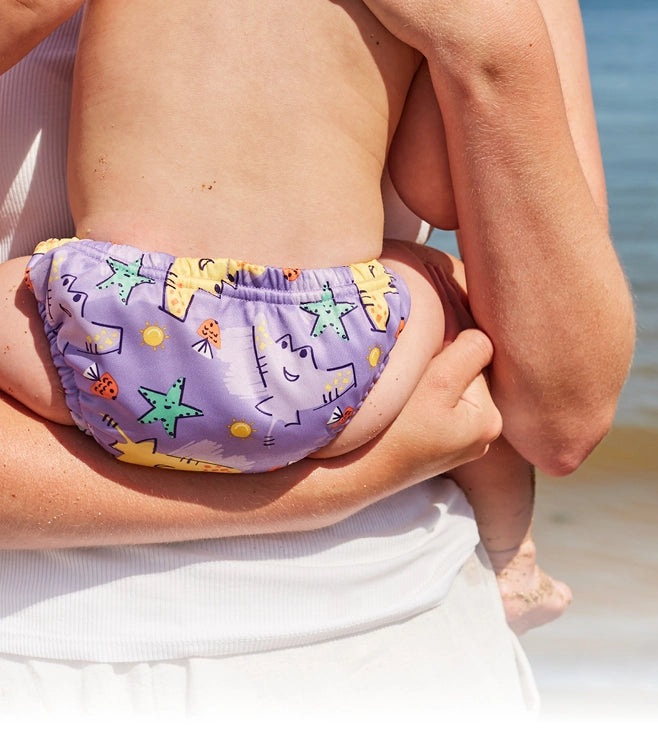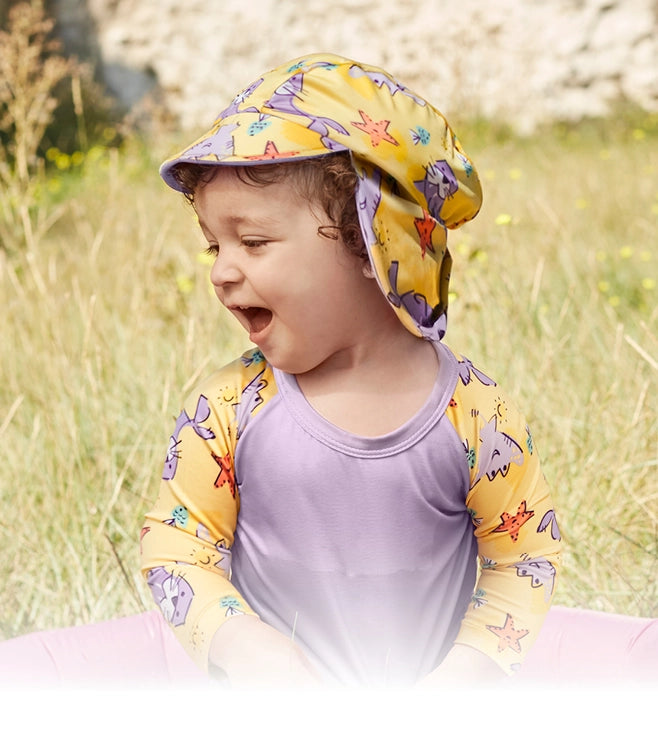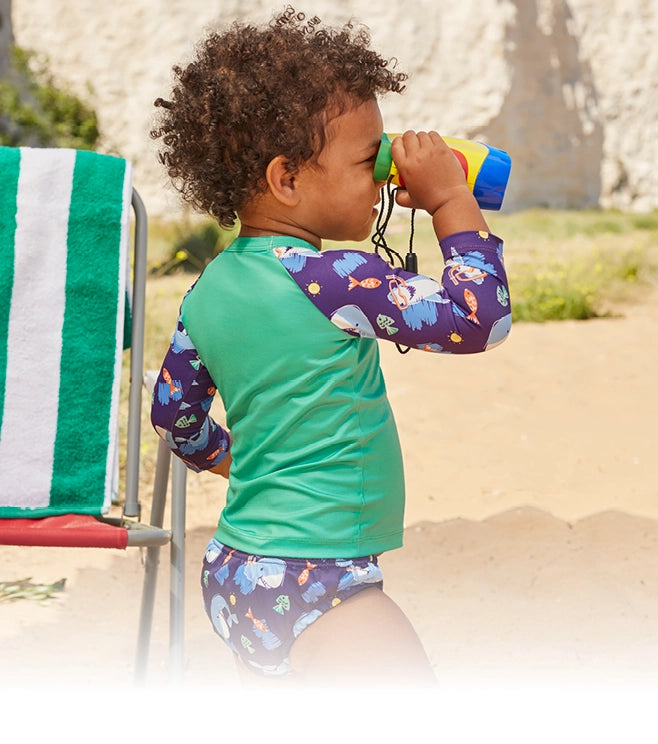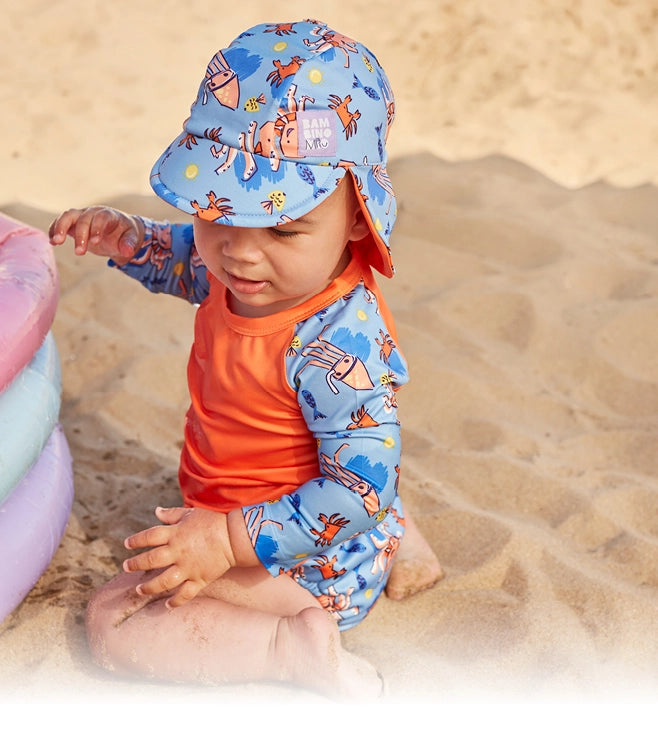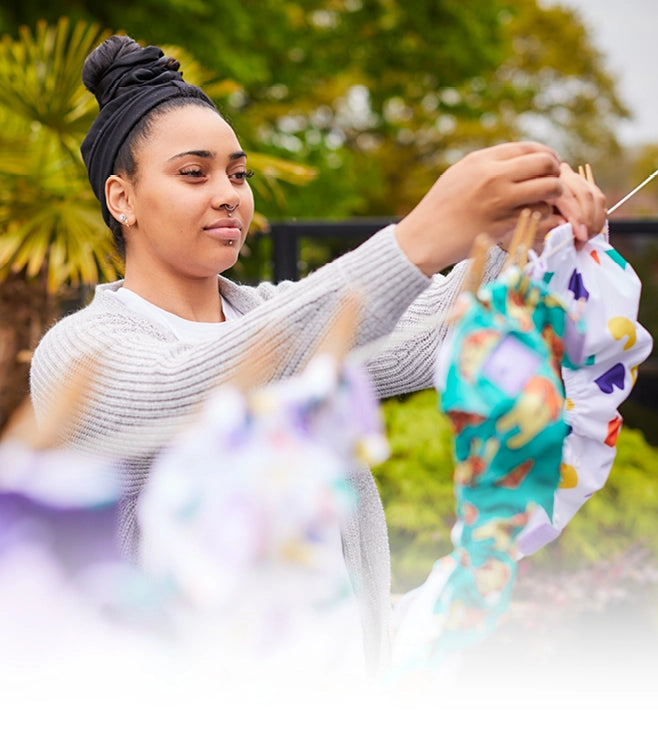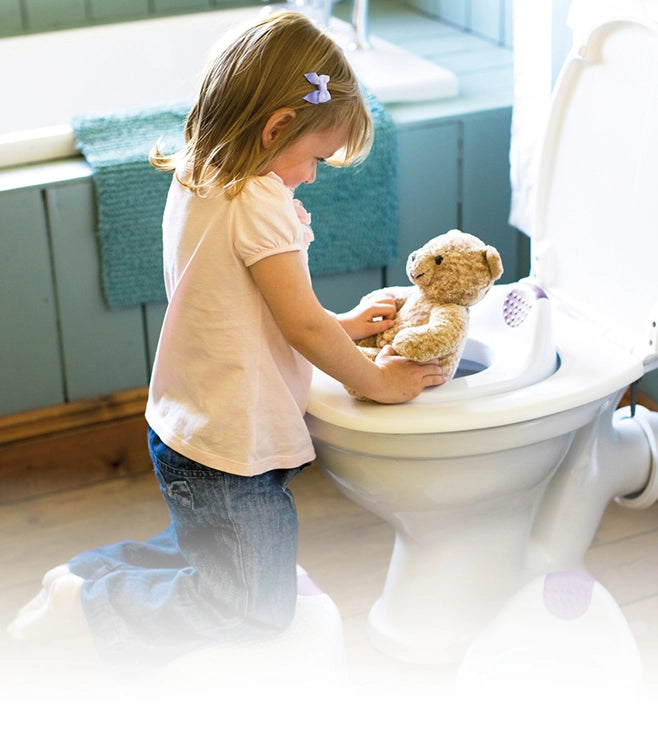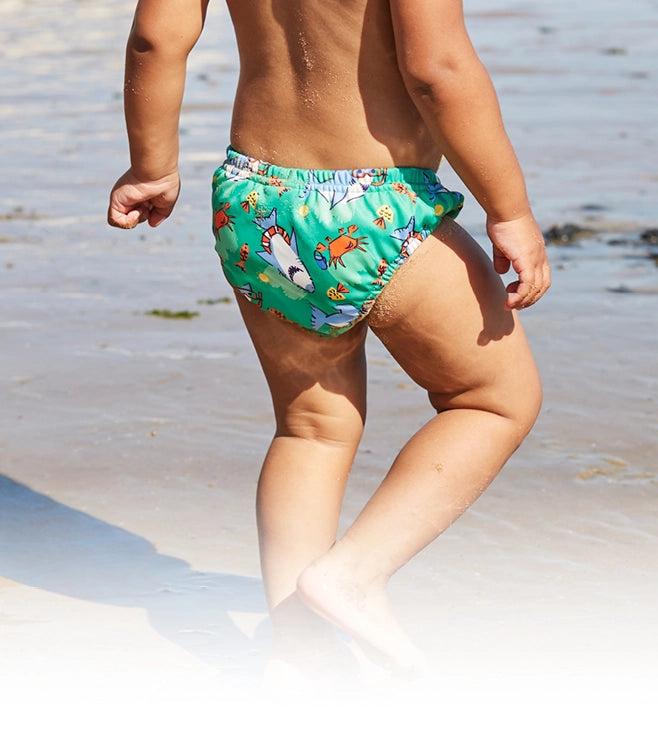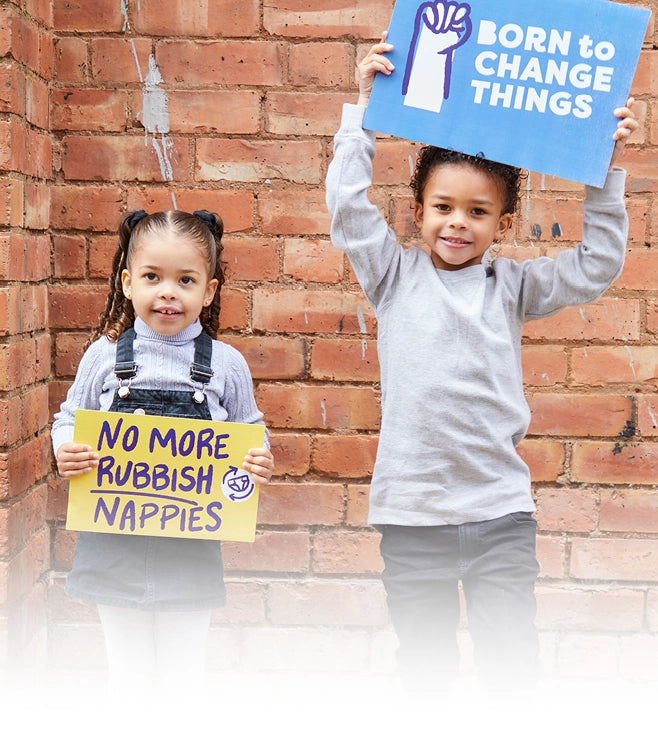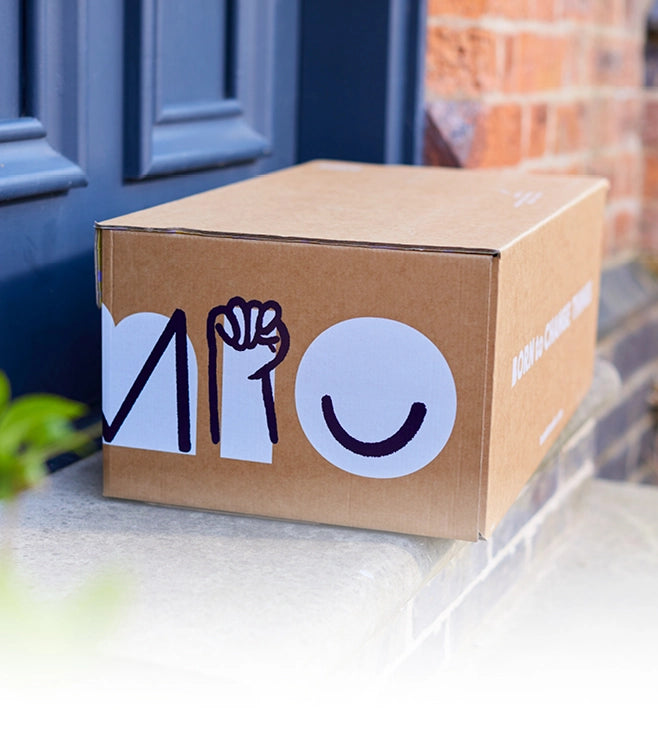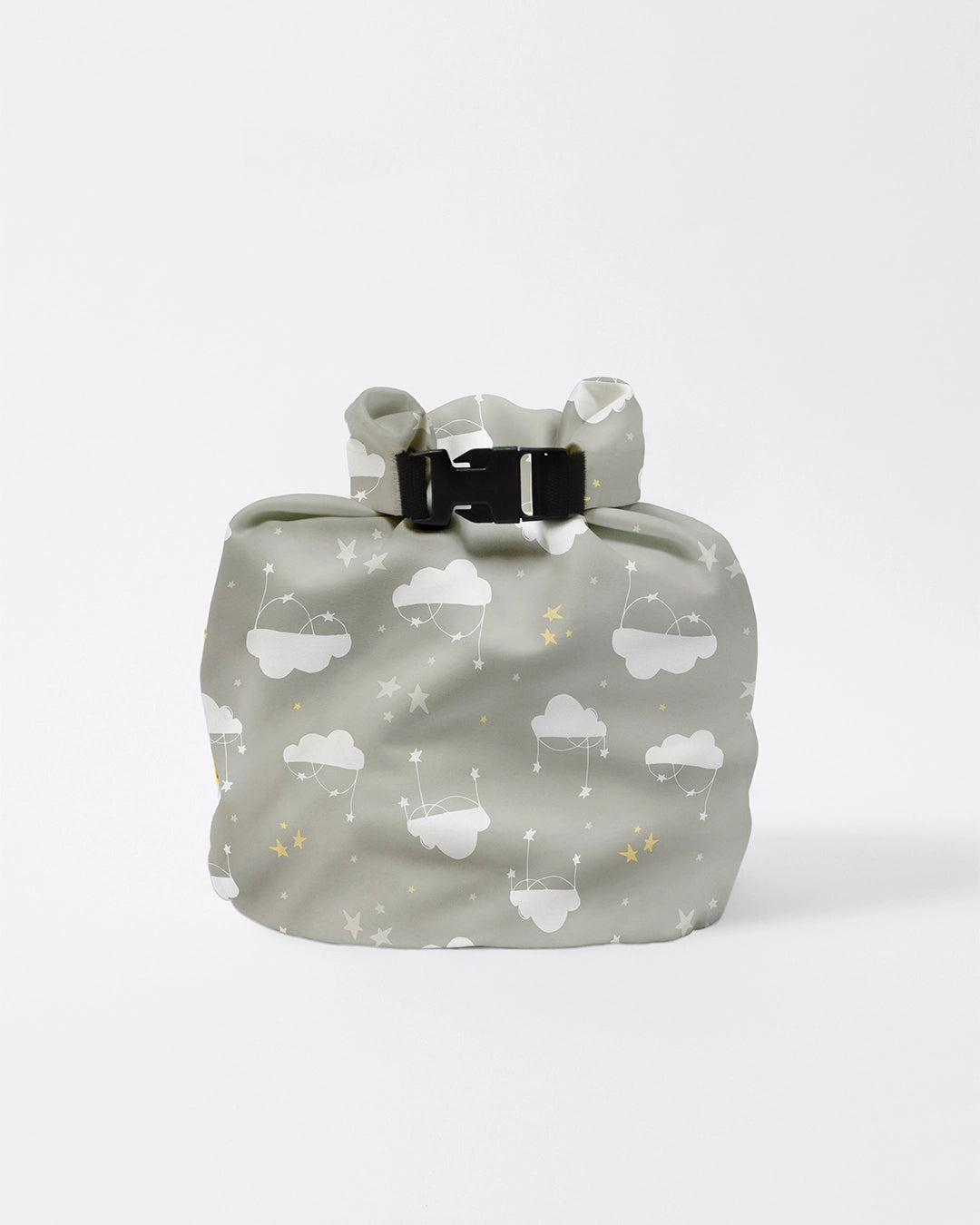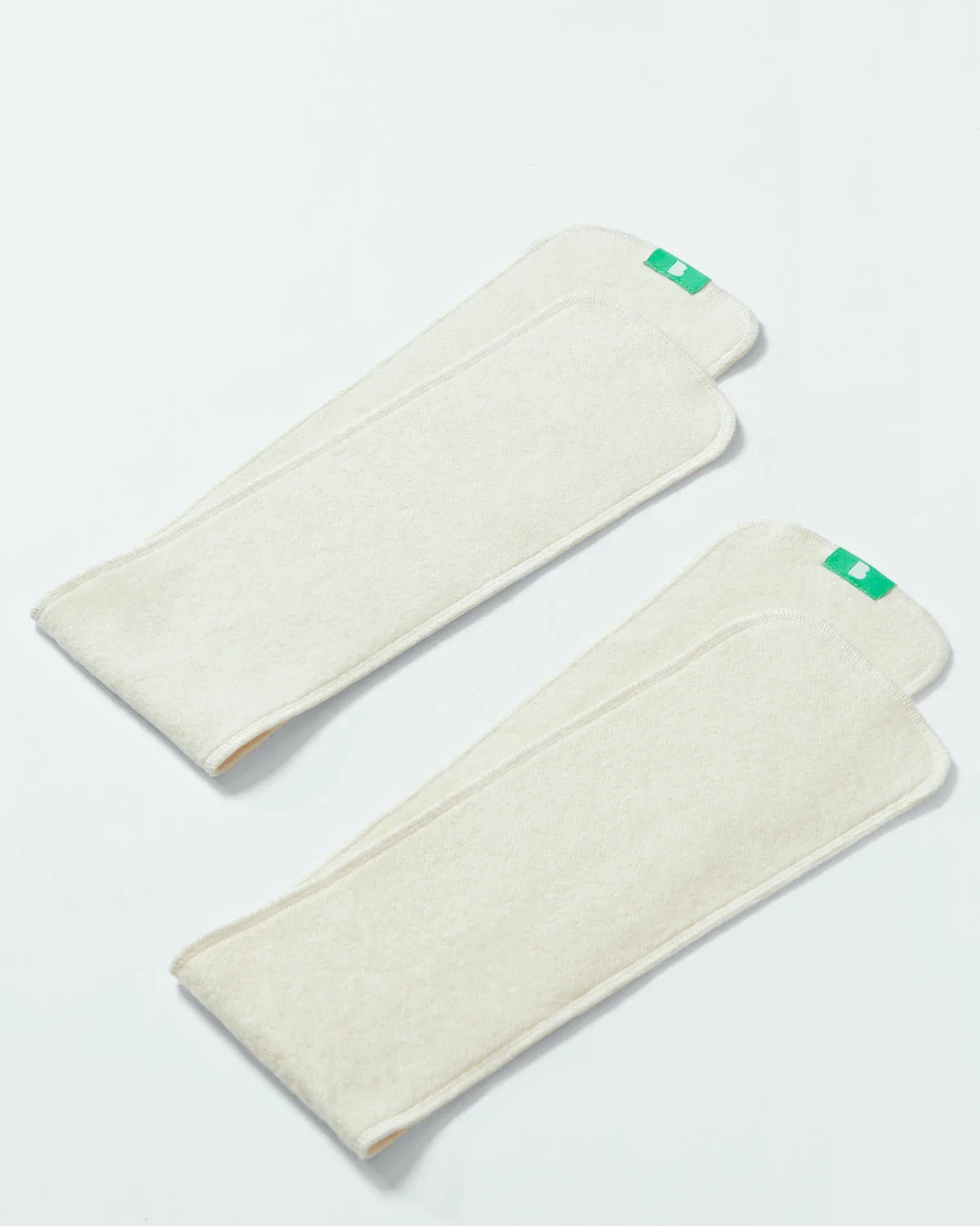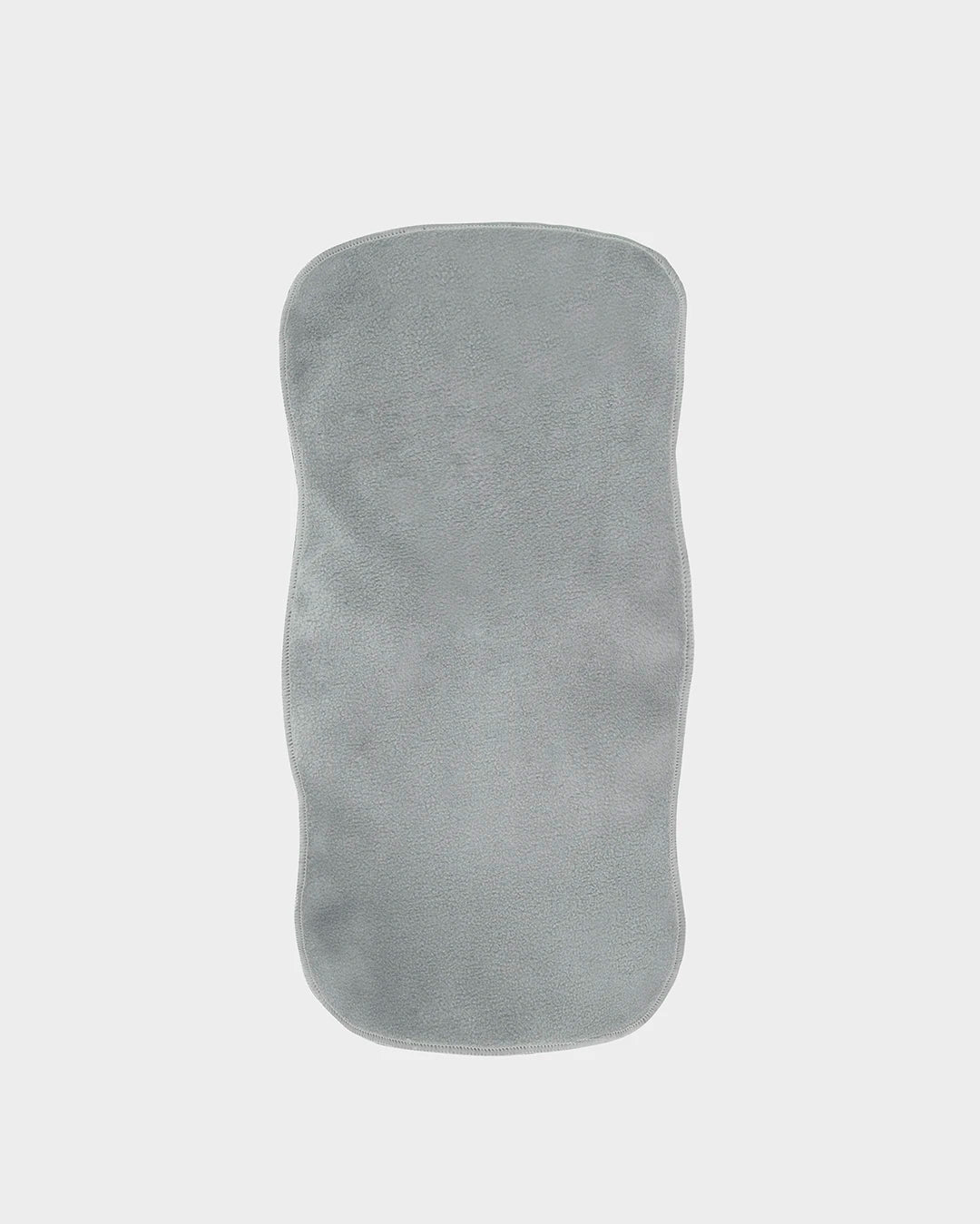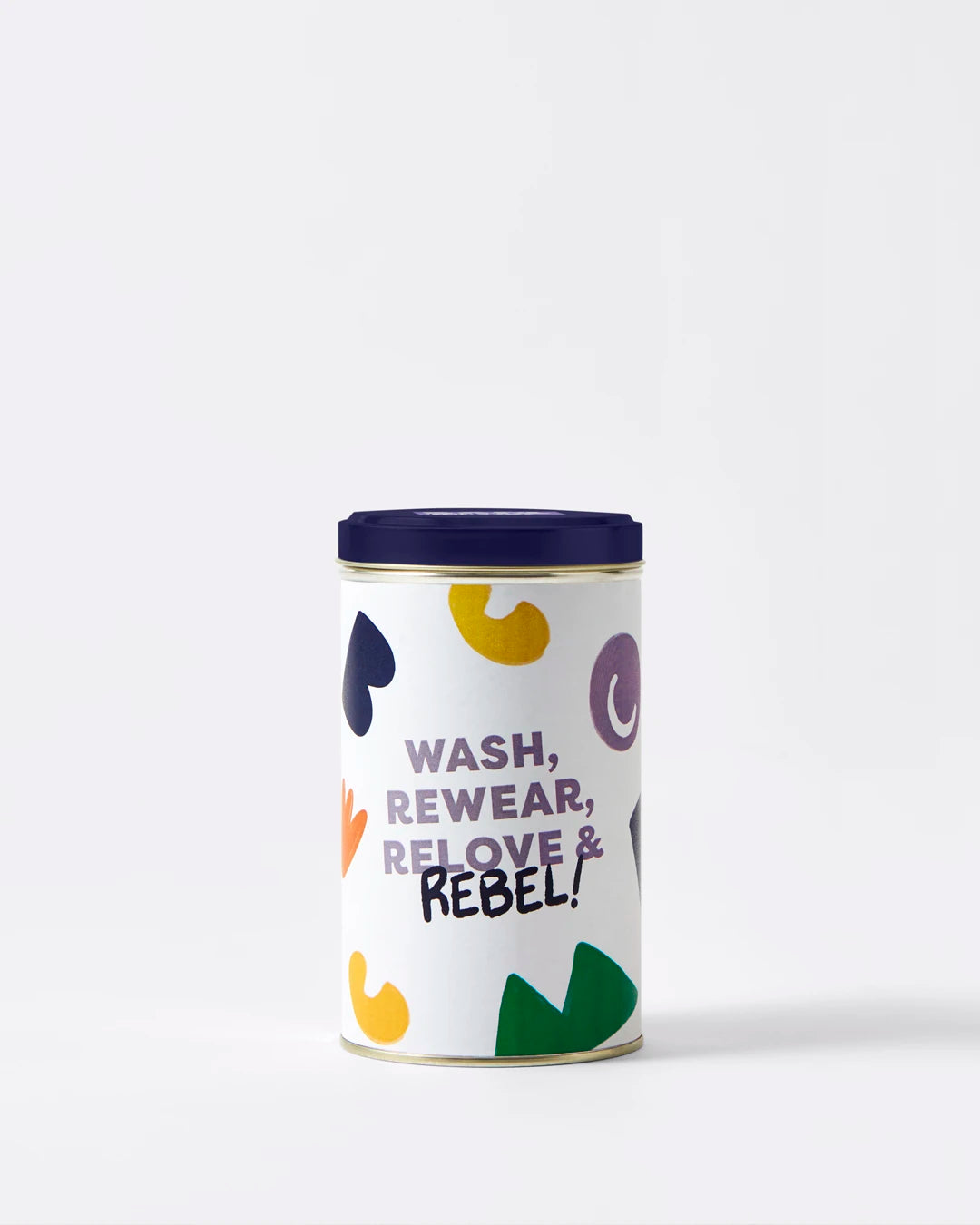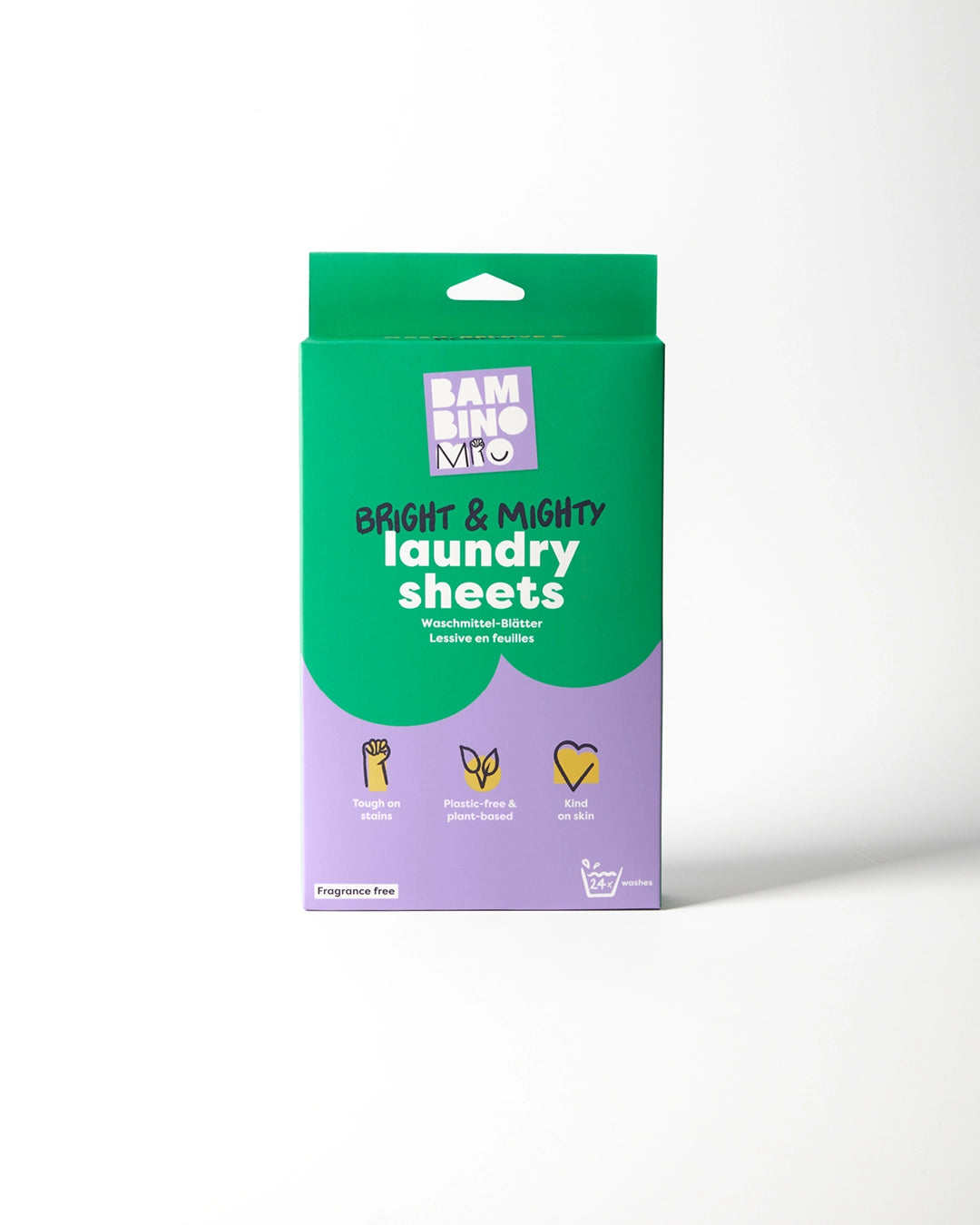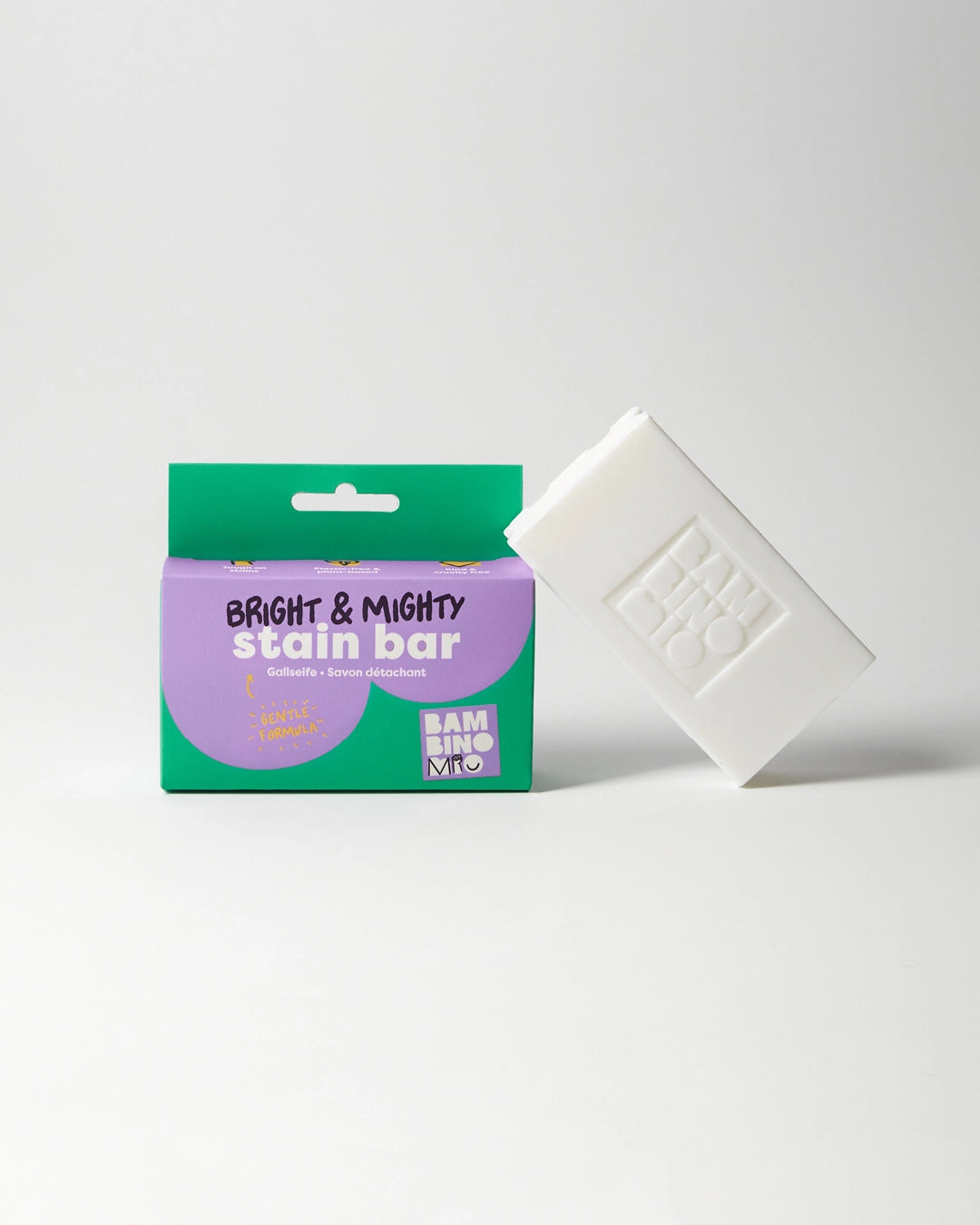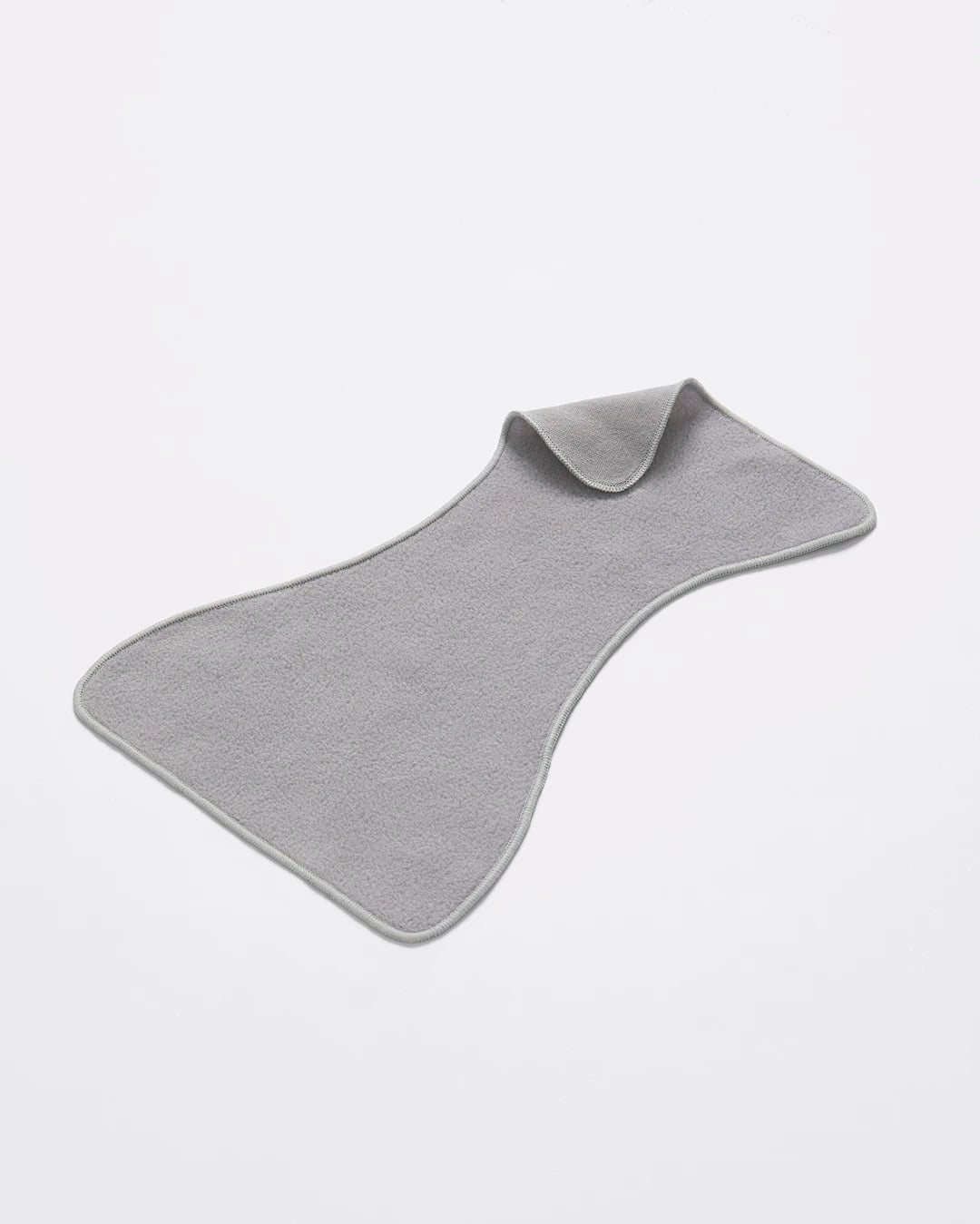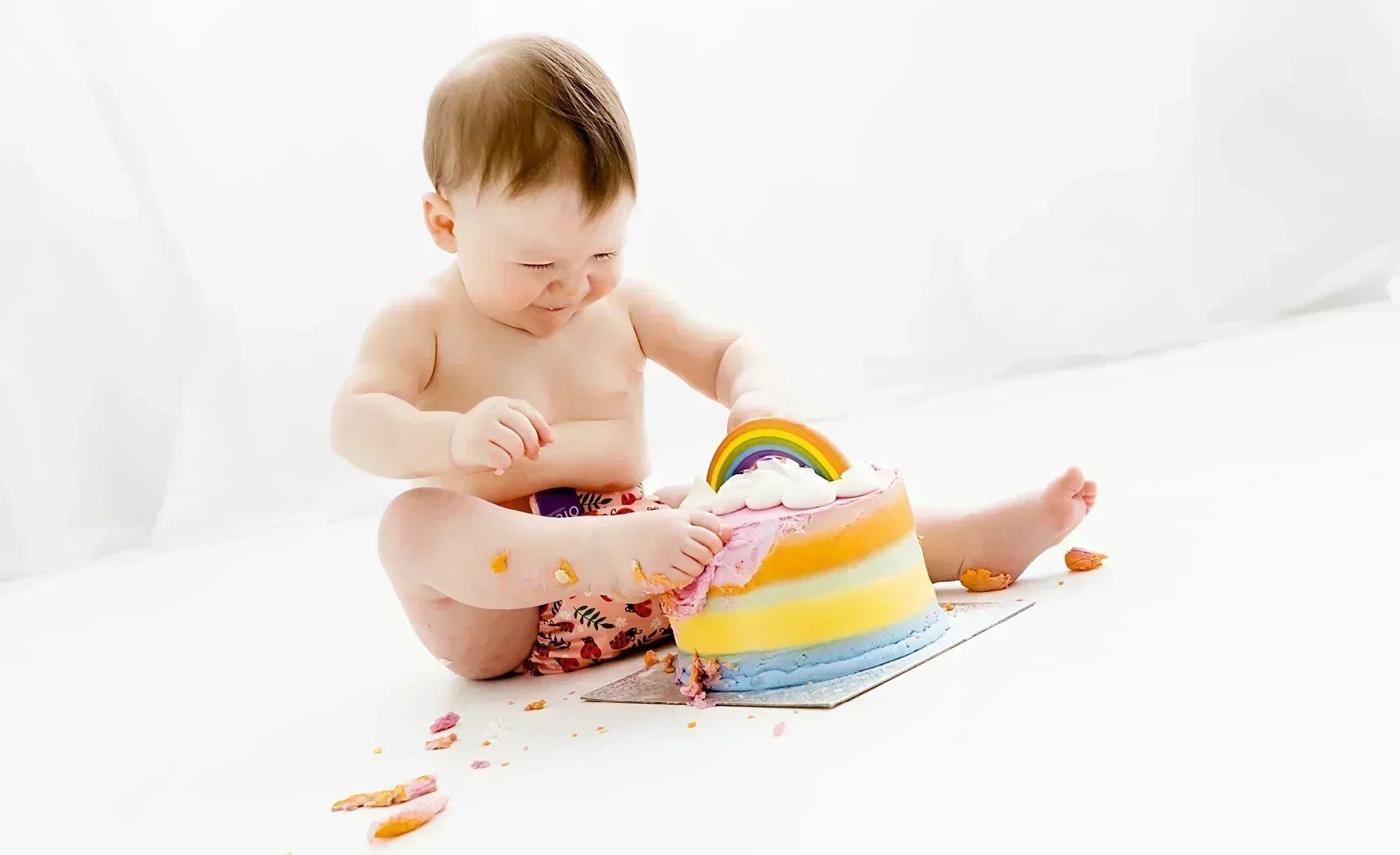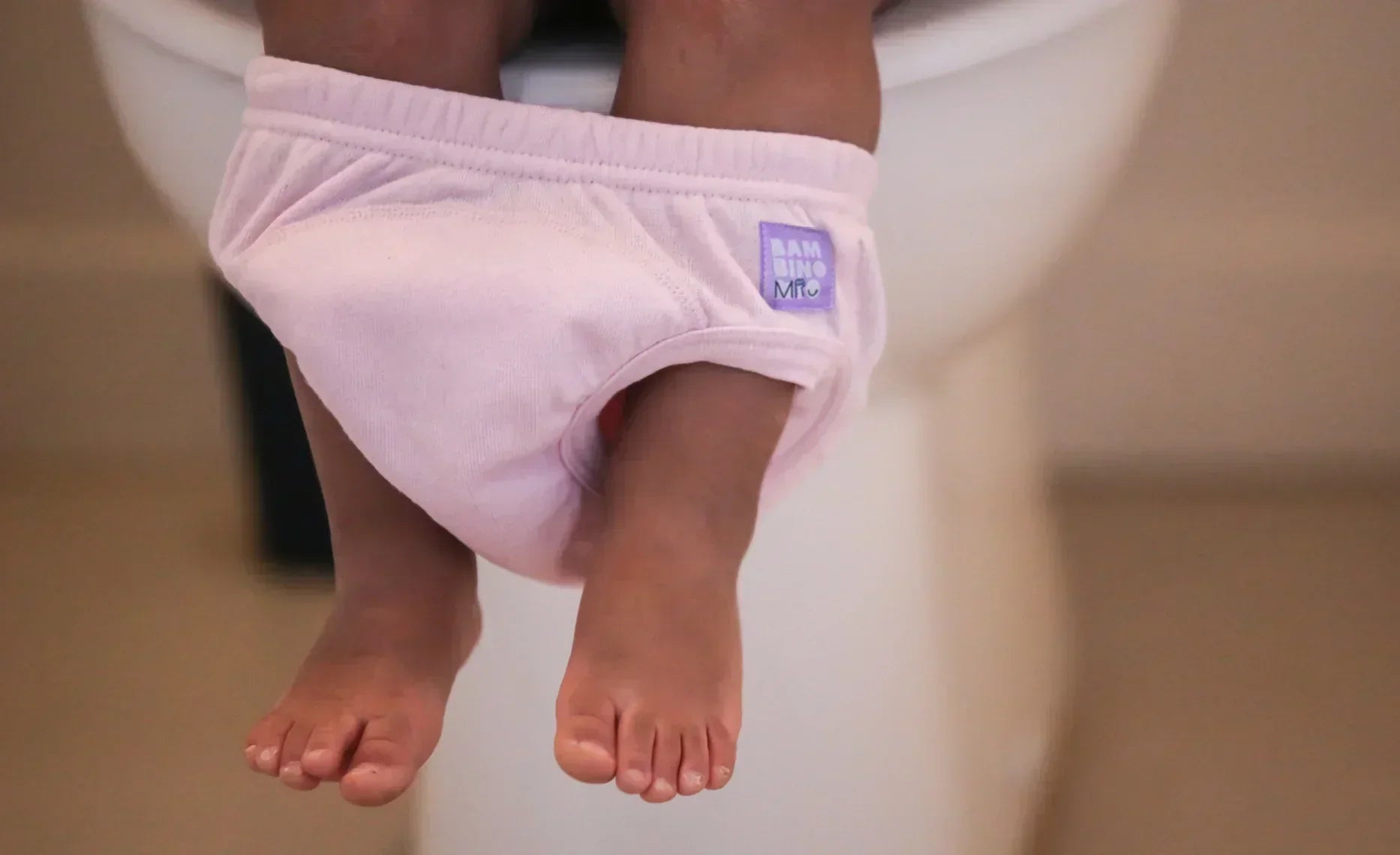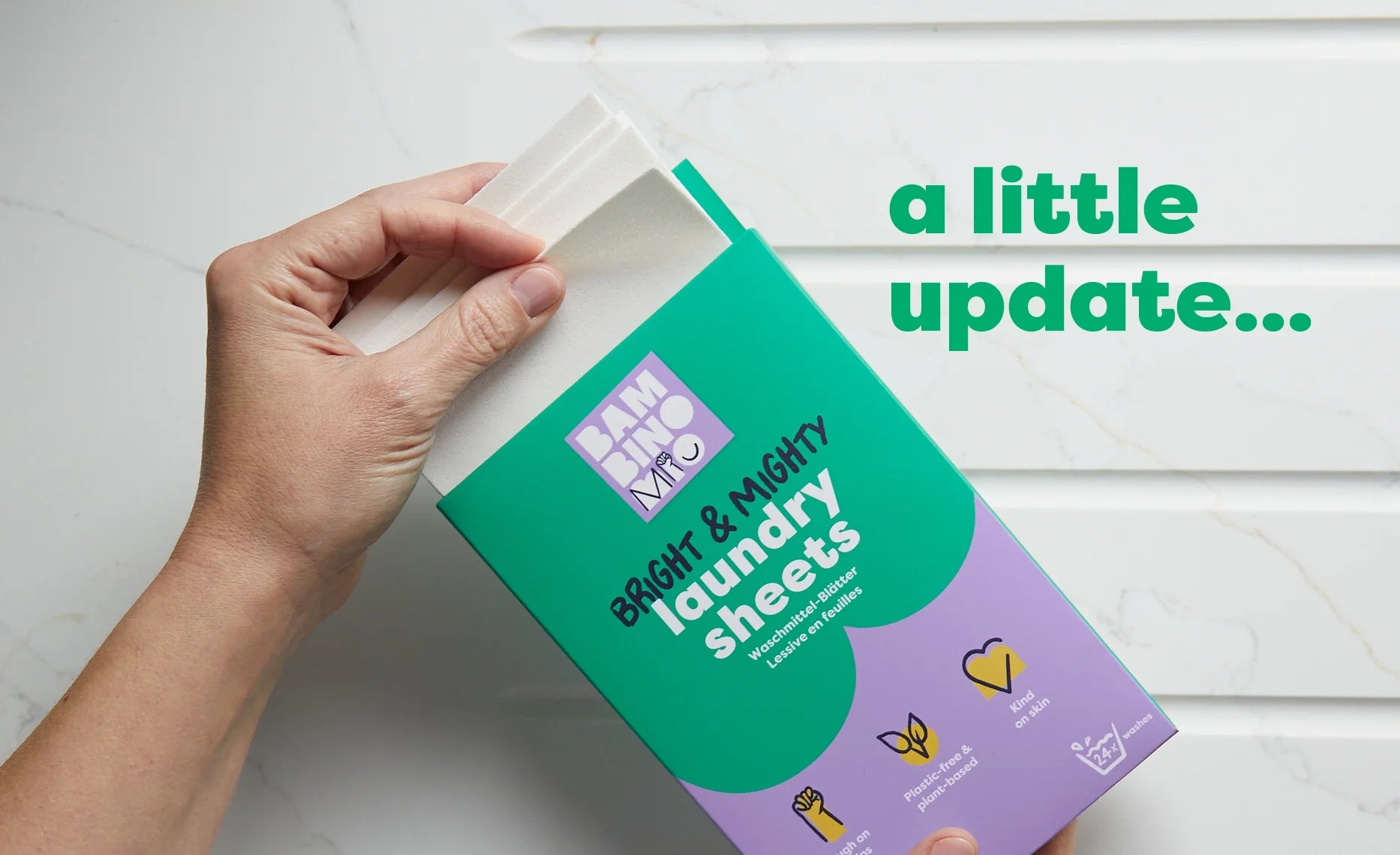Safe Bottle Feeding Practices
Share Options
- Bambino Mio
- 27 / 09 / 2023

For your attention: The nutritional information within this article is intended solely for general informational purposes. It is not to be considered as a replacement for tailored medical advice from a certified healthcare professional. It is imperative to consult with your paediatrician or a qualified medical expert before introducing new food items such as fish or nuts into your infant's dietary regimen, especially if there are pre-existing health concerns or a familial history of allergies.
Inside this Article:
- Your bottle feeding equipment
- Making up bottles
- How to bottle feed your baby
- Making each bottle feed safe
- Baby knows best
- Winding your baby during and after feeds
- Discard leftover milk
- FAQs about bottle feeding
- Why isn’t my baby settling after feeds?
- Why is my baby sick after some feeds?
- Can formula cause constipation?
- Citations and References
If you’ve decided to bottle feed your baby, whether with formula (1), expressed breast milk (2) or a combination, you can follow these tips to make sure you’re bottle feeding your baby safely.
If you’re using infant formula, then you should use first infant formula, or first milk and you can give this to your baby for their first year.
Your bottle feeding equipment
You’ll need to buy several bottles, several teats and a bottle brush. You’ll also need sterilising equipment, such as a microwave or steam steriliser or a cold-water sterilliser.
It’s always best to choose the simplest bottles and teats to make washing and sterilising easier.
Making up bottles
You should sterilise your baby’s bottles and teats (3) until they’re at least a year old and make sure you wash your hands before touching sterilised bottles and teats.
It’s important to follow the directions on the formula packaging to make sure you’re doing it correctly (4).
How to bottle feed your baby
Bottle feeding your baby is a great chance to bond with them and your baby will feel secure if it’s mainly you or your partner (or other main carer) who feeds them.
You should sit comfortably and hold your baby close, making eye contact and talking as you feed them.
It’s best to hold your baby in a semi-upright position for bottle feeding, supporting their head so they can swallow and breathe with ease.
To start the feed, you should brush the teat against your baby’s mouth and when they open their mouth move the teat so your baby can suck it in.
Give your baby plenty of time to feed - babies often take a quick break during feeds, so wait to see if they’re finished or not before ending the feed.
Making each bottle feed safe
Never leave your baby alone with a bottle propped up for them as they may choke on the milk if it comes out too fast. You should also keep the bottle horizontal to the ground to prevent a rush of milk - you can tip the bottle very slightly as your baby drinks to make sure they’re not swallowing air.
Baby knows best
Your baby will know when they’ve had enough milk, so follow their lead. If your baby doesn’t finish the bottle, don’t worry and don’t pressure them to take more milk.
Winding your baby during and after feeds
Your baby will probably need to be winded, or burped, during and after feeds. When your baby has finished a feed, hold them upright and rub or pat their back until they burp.
Discard leftover milk
You should throw away any leftover formula or breast milk after a feed - it’s not safe to store - and you should only make up one feed at a time so each feed is fresh.
FAQs about bottle feeding
Why isn’t my baby settling after feeds?
If your baby is unsettled after a feed, they may have swallowed air and so need winding. Trapped air can be uncomfortable, so sit your baby upright and pat their back until they bring up the air and seem more comfortable.
Why is my baby sick after some feeds?
Most babies bring up a little milk after a feed and it’s known as possetting or regurgitation, so keep a muslin handy for the spills. Possetting is often caused by taking in a little more milk than necessary (5) and is usually nothing to worry about.
It might help to make sure the hole in the bottle’s teat isn’t too big as this can cause the milk to come out too quickly and overwhelm your baby. Sitting your baby up after a feed can also reduce the amount of regurgitation.
If your baby is bringing up a lot of milk (more than 30ml each time), is vomiting violently or seems to be in pain then you should call your GP or NHS 111.
Can formula cause constipation?
As long as you’re using the right amount of powder for each feed, formula shouldn’t cause constipation. If you add extra powder to a feed to make the milk thicker you could cause your baby to become dehydrated and constipated.
If your baby is less than eight weeks old and hasn’t pooed for two or three days, call your midwife, health visitor or GP. It’s not unusual for exclusively breastfed babies to go for several days without pooing, but it’s always best to be on the safe side.
Citations and References
(1) National Health Service (NHS). ‘How to Bottle Feed. Types of Formula.’ 2023. Web. www.nhs.uk/conditions/baby/breastfeeding-and-bottle-feeding/bottle-feeding/types-of-formula
(2) National Health Service (NHS). ‘How to Breastfeed. Expressing and Storing Breast Milk.’ 2023. Web. www.nhs.uk/conditions/baby/breastfeeding-and-bottle-feeding/breastfeeding/expressing-breast-milk
(3) National Health Service (NHS). ‘How to Bottle Feed. Sterilising Baby Bottles.’ 2023. Web. www.nhs.uk/conditions/baby/breastfeeding-and-bottle-feeding/bottle-feeding/sterilising-baby-bottles
(4) National Health Service (NHS). ‘How to Bottle Feed. How to Make Up Baby Formula.’ 2019. Web. www.nhs.uk/conditions/baby/breastfeeding-and-bottle-feeding/bottle-feeding/making-up-baby-formula
(5) National Institutes of Health (NIH). National Library of Medicine. ‘Regurgitation in Healthy and Non Healthy Infants.’ 2009. Web. www.ncbi.nlm.nih.gov/pmc/articles/PMC2796655


